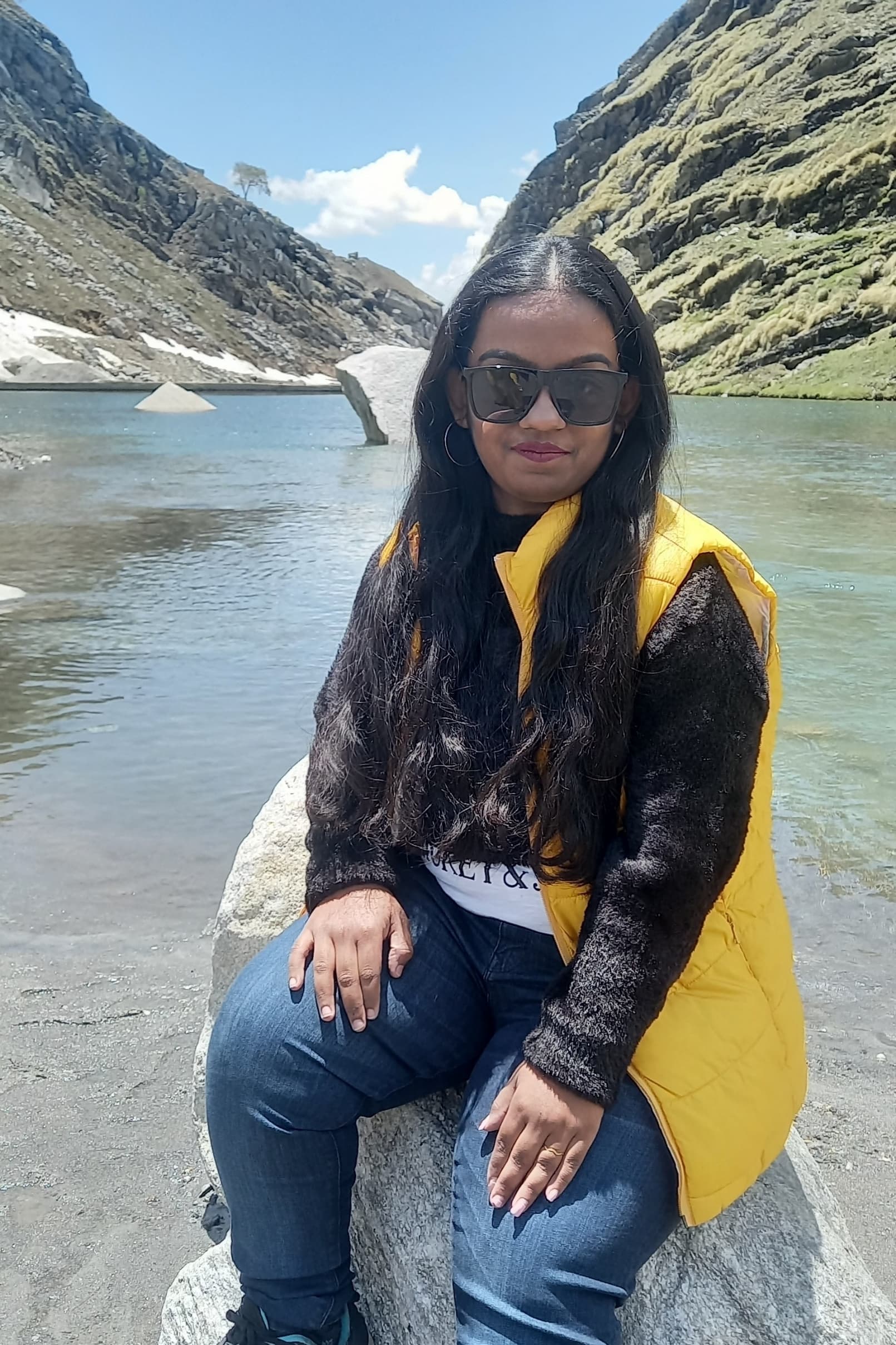"The runway takes a lunch break."
When Sarah's flight to Lukla, Nepal was delayed, the pilot casually mentioned,
"The runway takes a lunch break."
She thought he was joking.
He wasn't.
This is Tenzing-Hillary Airport—
gateway to Mount Everest and officially the world's most dangerous airport.
Built on a mountain cliff at 9,334 feet, the runway is just 1,729 feet long and ends in a 2,000-foot drop.
The Daily Gamble
Operations shut down when clouds roll in,
which happens almost daily around noon. Pilots navigate by sight alone—
no radar.
The airport only allows specially trained pilots, and flights operate only during morning hours when visibility is best.
By afternoon, you're grounded until tomorrow.
The Tourism Paradox
Thousands of trekkers fly through Lukla annually, chasing Everest dreams.
It's the only practical way to reach base camp without a week-long trek from Kathmandu.
Yet accidents happen regularly.
The cliff-edge runway has claimed lives, earning its terrifying reputation.
Here's the irony:
tourists willingly board flights to this death-defying runway, nervous about landing, only to spend weeks trekking through avalanche zones.
Sometimes the journey to adventure is more adventurous than the destination.
As travel professionals, we book these experiences knowing the risks.
We provide information, but ultimately, clients choose the adventure.
The question isn't whether Lukla is safe-
it objectively isn't.
The question is whether the reward justifies the risk.
Would you take the flight to Lukla, or opt for the week-long trek?

